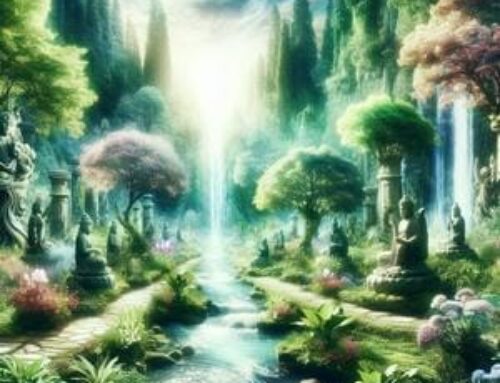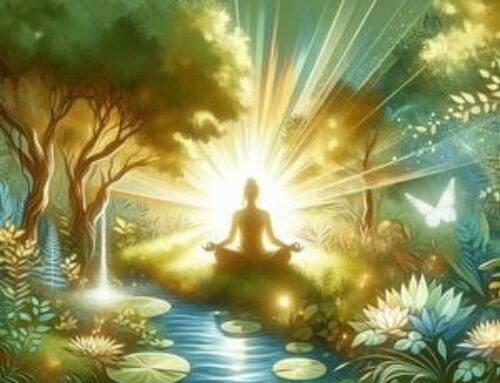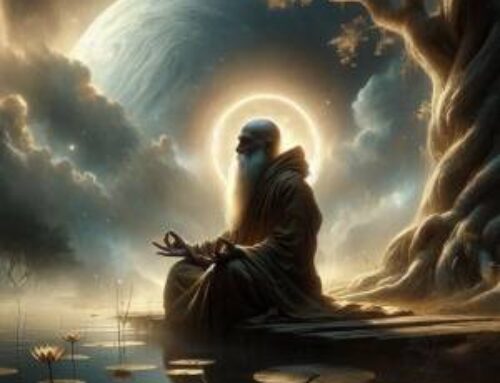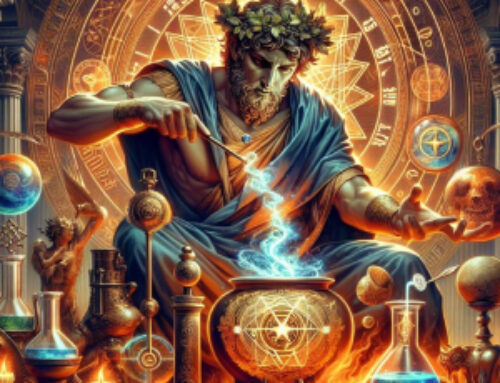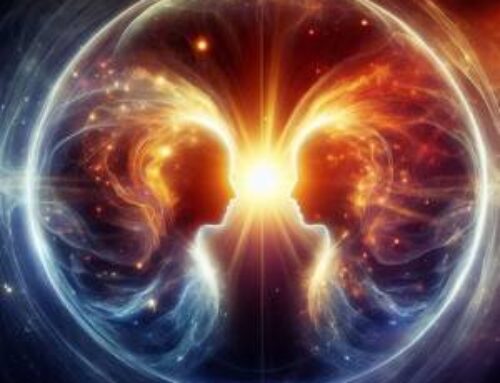Contents
- 1 Characterized by a multitude of deities, the Egyptian gods greatly influenced the spiritual worldview of ancient Egypt. Among them is the god Thoth, who is considered a predecessor of Hermes and holds a central position as a forerunner of Hermeticism. Rituals were also an important part of Egyptian culture and were performed by high priests.
- 2 The spiritual world of the ancient Egyptians was primarily characterized by numerous gods. The Egyptian gods represented all aspects of life and primarily had the physical forms of hybrid creatures – part human, part animal.
- 3 Egyptian Gods and Their Meaning
- 4 The Rituals of the Egyptian Gods
- 5 What are the names of the major Gods?
- 6 Who is Anubis?
- 7 Who or what is Sobek?
- 8 What is the name of the Egyptian goddess?
Characterized by a multitude of deities, the Egyptian gods greatly influenced the spiritual worldview of ancient Egypt. Among them is the god Thoth, who is considered a predecessor of Hermes and holds a central position as a forerunner of Hermeticism. Rituals were also an important part of Egyptian culture and were performed by high priests.
The spiritual world of the ancient Egyptians was primarily characterized by numerous gods. The Egyptian gods represented all aspects of life and primarily had the physical forms of hybrid creatures – part human, part animal.
Animals were assigned specific attributes. Egyptian high priests believed that their gods were not actual animals or earthly beings with animal characteristics. Instead, the Egyptian gods and their representations symbolized the underlying power. Similarly, they did not worship the physical sun, but the essence that animated the sun. Similarly, humans were seen as more than their physical bodies.
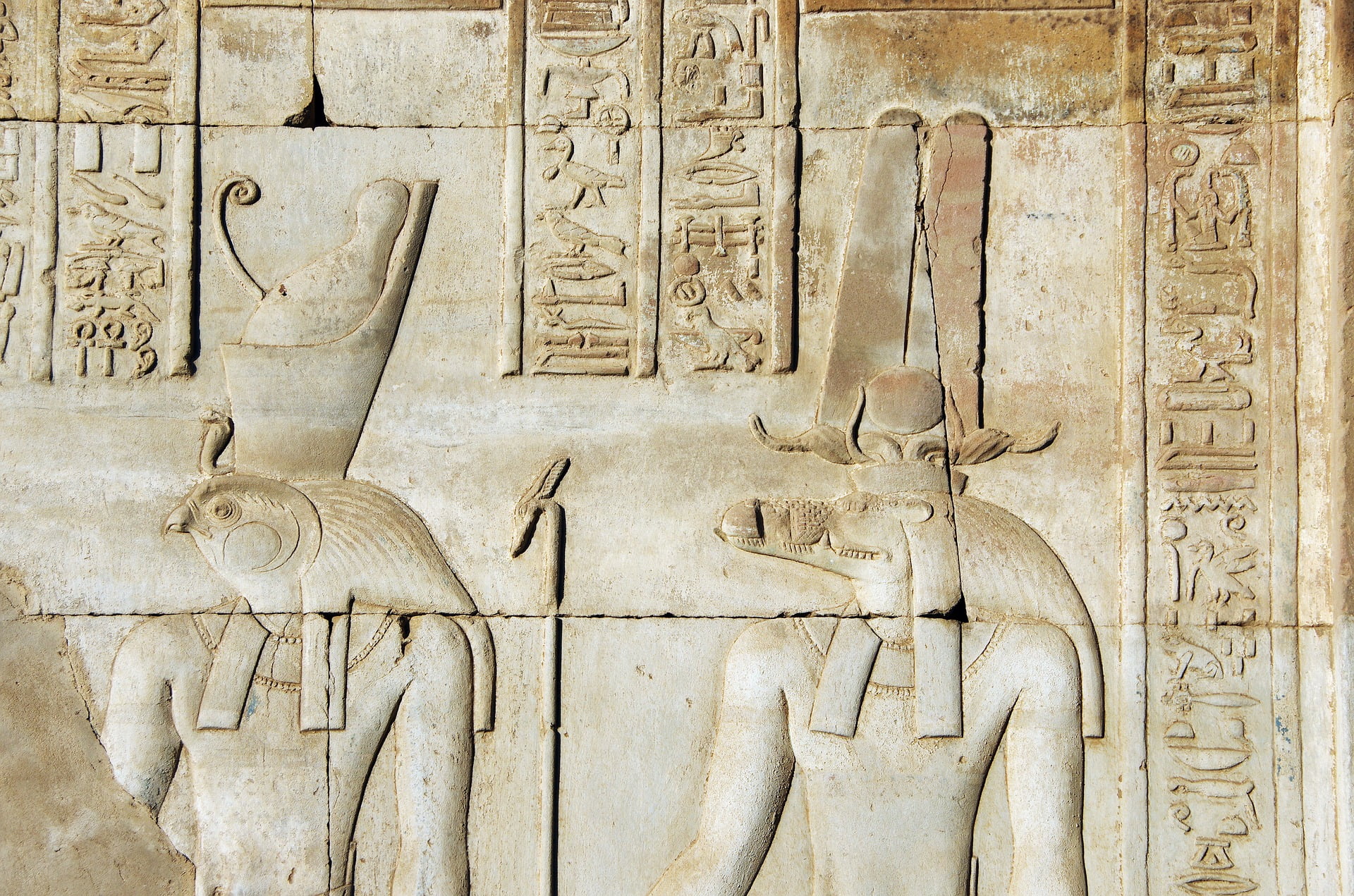
Egyptian Gods and Their Meaning
The Egyptian gods had many meanings. The Egyptian god Amun, adorned with a feathered crown, was originally a god of wind and fertility. The jackal-headed Anubis (Anpu) was responsible for burial rites and mummification. Anubis is also an incarnation of Horus and Osiris.
The serpent Apophis was considered an enemy of the sun god Ra, threatening Ra’s solar barque at sunrise and sunset. Apophis symbolized chaos and darkness. The sun-shaped Aton, who emits rays from his hands, is a special manifestation of the god Ra.
Pharaoh Akhnaton presented Aton as the supreme monotheistic deity. Atum (Tem), wearing a double crown, is the creator god and the original form of the god Ra in the evening. Atum is believed to have created himself. The cat-headed Bastet is a protective goddess and a deity of joy, also recognized as a daughter of Ra.
The dwarf-like Bes is a nighttime protector, especially from dangerous creatures in the home. The scarab-headed Khepri represents the god Ra at sunrise and in the morning. He is also a god of rebirth and creation among the Egyptian gods. The ram-headed Khnum is considered a creator god, molding and shaping humans on a potter’s wheel. The falcon-headed Khons, who wears the moon crown, is a lunar god and is considered the wanderer of the skies. He is the son of the god Amun and the sky goddess Mut.
The god Geb, with a goose on his head, is the god of the earth and all that comes from it, and is the son of Shu and Tefnut. The god Hapi wears papyrus or lotus flowers on his head. As the god of the Nile flood, he is associated with fertility. The falcon-headed Haroeris (later known as “Horus”) is a sky god and the pilot of Ra’s barque.
The Egyptian goddess Hathor, adorned with cow horns and a moon disk, is a mother goddess and a deity of love and beauty. The goddess Isis, with a crown of cow horns and a solar disk, is the wife of Osiris, a mother goddess and a deity of birth, rebirth and magic. The goddess Maat wears an ostrich feather crown and embodies truth and justice. She is the daughter of Ra.
The god Min, depicted with an erect phallus, wearing a feathered crown and carrying a flail, is the god of fertility and procreation. The goddess Mut, wearing a vulture headdress and a double crown, is a protective deity and, similar to Isis or Hathor, symbolizes the symbolic mother of the pharaoh. The goddess of war, Neith, wears a crown and holds a bow and arrows. She is recognized as the goddess of creation, war, and death. The goddess Nephthys is the twin sister of Isis, who guards the dead and is also the goddess of birth.
The celestial goddess Nut is depicted as a bent vault. In the evening she swallows the sun and gives birth to the stars. In the morning she gives birth to the sun again. She is the goddess of the sky. The mummified god of death, Osiris, is associated with rebirth, fertility, and eternal life. The mummified chief creator god Ptah brought the world into existence by his word. He is the patron of craftsmanship and the arts. Ra, the falcon-headed sun god, wears a solar disk as a crown and is the sustainer of life. He is the ruler and preserver of the created world. The lion-headed Sekhmet is responsible for war, disease, and healing.
Another Egyptian god is Shu. He wears a feather on his head and is considered the god of life, air, and sunlight, representing the space between heaven and earth. The goddess Selket wears a scorpion on her head and rules over magic and healing.
The god Seth has the head of a mythical creature and is considered the god of the desert, the god of storms and tempests. He is the son of Nut and Geb. He is both a protective god and a god of destruction. The crocodile-headed Sobek is a god of fertility and water. The lion-headed Tefnut is the goddess of fire. The ibis-headed Thoth is the god of the moon, timekeeping, scholars, wisdom, and writing.
The Rituals of the Egyptian Gods
An essential ritual of the ancient Egyptians was spiritual offerings, often in the form of animal sacrifices or festivals. The priestly caste performed mystical transition rituals in consecrated pyramids and temples, the most important of which was the Osiris ritual. Every high priest underwent this ritual of death and resurrection. The pharaoh was the supreme earthly and spiritual leader, embodying the divine on earth. Through the initiation ritual, the pharaoh received higher consciousness or divine awareness. After death, each pharaoh was revered as a god and immortalized in the form of Horus.
In the worldview of the ancient Egyptians, the world first emerged from water until the primeval mound appeared, upon which Re (Ra), the sun god, was born. He had four children who retreated and became invisible when humans appeared.
In addition, the Egyptians believed in an afterlife, with specific roles played by Ammit, who consumed the hearts of the damned; Anubis, who prepared individuals for the realm of the dead; and Thoth, the god of science, wisdom, and magic. Thoth is particularly important to Hermeticism, as he is considered the predecessor of the Greek god “Hermes,” from whom the term “Hermeticism” is derived. Practical work with symbols plays an important role in the courses of the Hermetic Academy.
What are the names of the major Gods?
“Amon (Amun) was the god of wind and fertility. Anubis (Anpu) was responsible for burial rites and mummification. The serpent Apophis is considered an enemy of the sun god Ra, threatening Ra’s sun barque at sunrise and sunset. The sun-shaped Aton is a special manifestation of the god Ra. Atum (Tem) is the creator god and the original form of the god Ra in the evening. The cat-headed Bastet is a goddess of protection.
The dwarf-like Bes is a guardian god of the night. The scarab-headed Khepri is the sunrise and morning manifestation of the god Ra. The ram-headed Khnum is considered the creator god, shaping and molding man on the potter’s wheel. The falcon-headed Khons is known as the wanderer of the skies. Geb is the god of the earth and all that comes from it. Hapi is the god of fertility. The falcon-headed Haroeris (later known as “Horus”) is a sky god and the pilot of Ra’s bark.
Who is Anubis?
Anubis (Anpu) was responsible for burial rites and mummification. Anubis is also an incarnation of both Horus and Osiris.
Who or what is Sobek?
The crocodile-headed Sobek is a god of fertility and water.
What is the name of the Egyptian goddess?
There are 63 Egyptian goddesses. The most famous Egyptian goddess is undoubtedly Isis; she is, among other things, a “goddess of magic and rebirth”.

